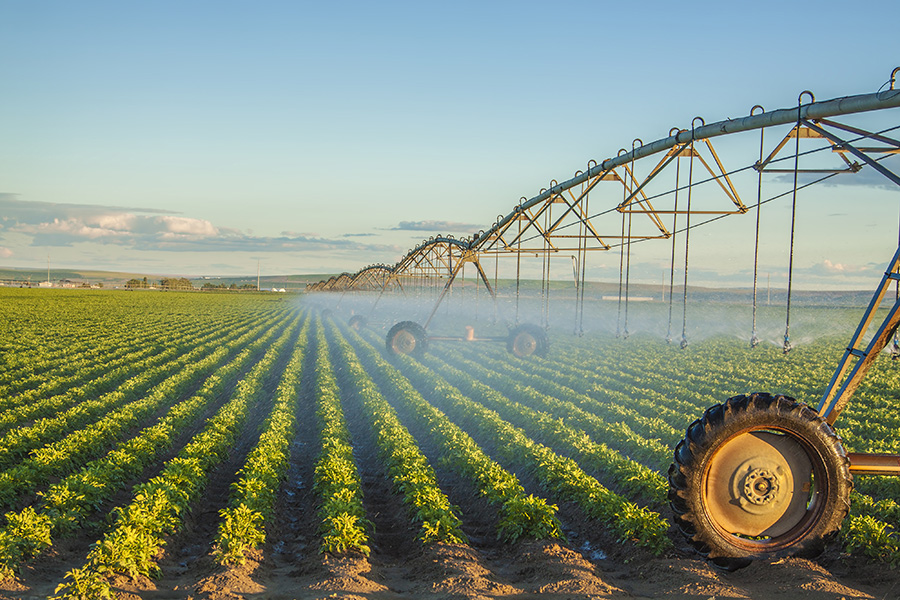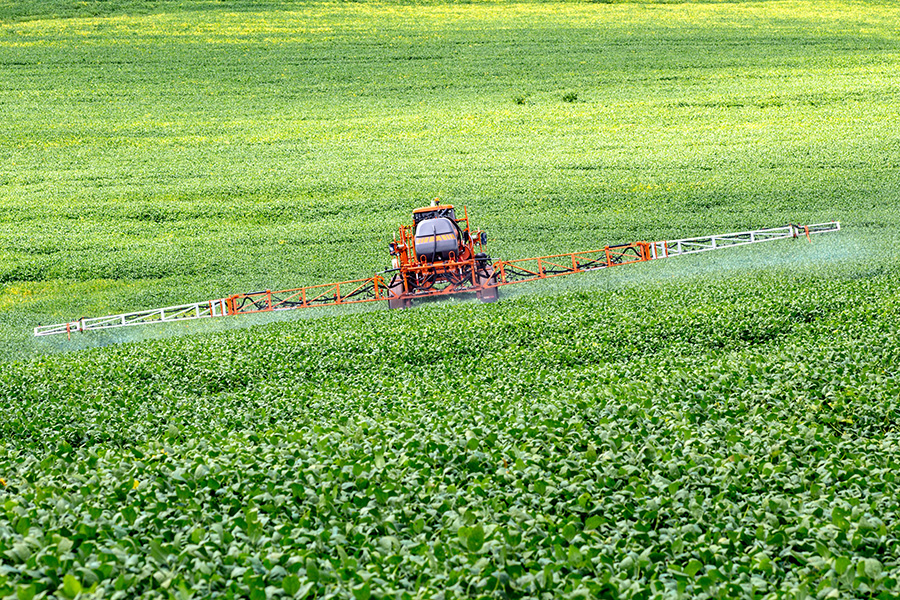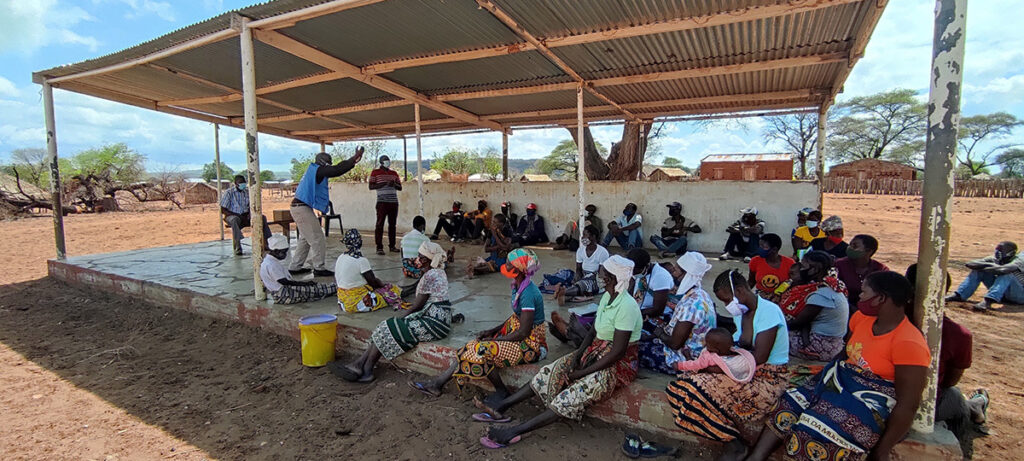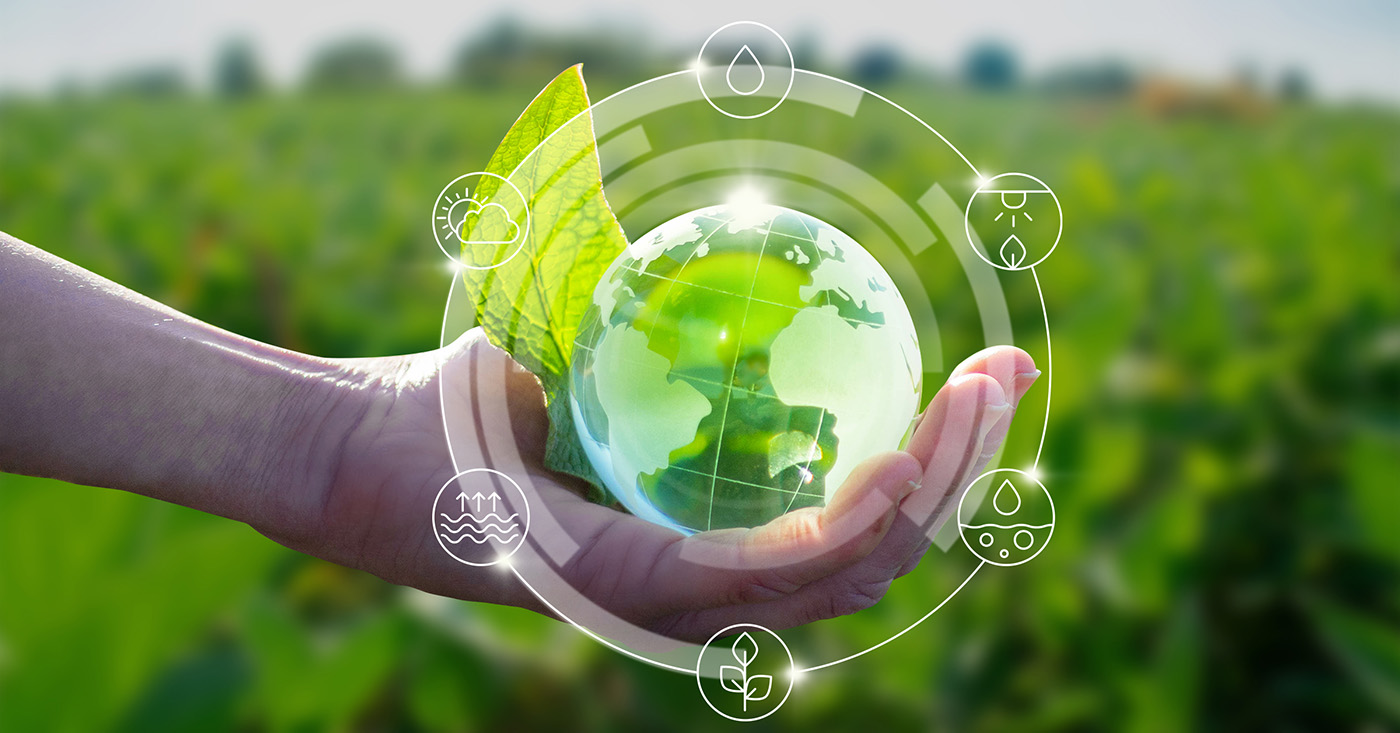Earth Month: Accelerating Sustainability Through Digital Agriculture
Approximately 96% of the world’s top 250 companies (G250) report on sustainability. This near-ubiquitous focus is a significant win this Earth Month. With so much attention on the importance of sustainability, industry changing solutions are emerging all the time.
This includes innovative work to combine the power of modern technology with one of the industries best poised to advance sustainability: agriculture. According to the EPA, agriculture is responsible for contributing 11% of the total greenhouse gas emissions in the U.S., making it an important key to advancing worldwide through sustainable farming practices. Agriculture is both a major cause and casualty of water scarcity: Farming accounts for almost 70%—up to 95% in some developing countries—of all water withdrawals, per the United Nations.
The USDA recognizes that sustainable farming is important to achieve the following outcomes:
- Production of sufficient human food, feed, fiber, and fuel to meet the needs of a sharply rising population
- Protection of the environment and expansion of the natural resources supply
- Sustainment of the economic viability of agriculture systems
The path to more sustainable farming practices benefits greatly from technology that helps agriculture leaders make better decisions that deliver better results. Digital agriculture advancements, including in-field crop intelligence, are some of those solutions.
Here are three ways digital agriculture is improving sustainability.
Optimizing Water Use in Agriculture
Water may be one of the world’s most precious resources. As illustrated in a blog post from S2G Ventures, as our global economies have grown, so has the demand for water. In the last century alone, the demand for water worldwide has increased twice as fast as the human population.

Water reduction and better water management within crop and farming operations are key to ensuring that the freshwater we have today will sustain our growing global population.
One such example can be found in the sugarcane industry in Brazil. Brazil is the world’s leading sugarcane producer, but in recent years its crops have been decimated by drought. This threatens not only the livelihood of growers, but also sugarcane processors and the broader sugarcane-fueled energy sector.
To help build more resilience to ongoing climate change and evolving weather patterns, one of Brazil’s largest energy companies, Raízen, (through its Pulse Hub of Innovation) and Arable developed the project “Monitoring network for efficient use of water and pesticides in sugarcane production.” This initiative, which is supported through a grant from the Bonsucro Impact Fund, combines the efforts of global experts and innovators in agriculture and technology to support the sustainable production of sugarcane through the smart application of crop intelligence tools.
The project uses data from Arable’s in-field sensors and analytics to align irrigation and pesticide application with weather pattern data. This comprehensive view would deliver more precise insights to ultimately help improve the efficient use of water and crop protection inputs.
The project is expected to help growers better manage their production according to the microclimate, as well as mitigate climate risks, reduce production costs and economic losses, and future-proof the bioenergy sector in Brazil by contributing to the energy transition.
Maximizing Agriculture Production While Minimizing Harmful Pesticides
Pesticides play an important role in crop production by helping improve yields through weed and pest management. Yet their negative impact on the environment, people, and animals is well documented. According to the World Health Organization (WHO), the more than 1,000 pesticides used worldwide are “potentially toxic to humans and can have both acute and chronic health effects, depending on the quantity and ways in which a person is exposed.”

Precise timing of pesticide applications is critical to reducing their harmful effects by minimizing overuse and preventing exposure to surrounding ecosystems. Accurate, real-time crop intelligence helps optimize spray timing by alerting the grower of the best weather conditions and plant growth stages during which to spray.
Crop intelligence derived from in-field crop monitoring allows for early detection of the conditions that require pesticide application to either mitigate crop loss or increase overall production, which helps meet the growing global demand for food. According to a researcher with the World Resources Institute, “If we want to both feed everybody and solve climate change, we need to produce 50 percent more food by 2050 in the same land area and reduce our greenhouse gas emissions from agriculture by two-thirds.”
Richardson International, Canada’s largest agribusiness and a global leader in agriculture and food processing, is using digital agriculture to improve its services and products. As a worldwide handler and merchandiser of all major Canadian-grown grains and oilseeds, and a vertically-integrated processor and manufacturer of oats and canola-based products, Richardson recognized an opportunity to use the latest technology to better benchmark performance to ultimately improve yields most sustainably.
Using crop intelligence, Richardson is able to make better timing decisions for spray applications while monitoring plant growth to understand which kinds of pesticide products most effectively control flushes of weeds. They then share this information with their grower clients, influencing pesticide use at scale.
Protecting the World’s Food Supply Against Climate Change
Around the world, climate change is impacting crop production. From drought and frost damaging sugarcane production in Brazil to the stress climate change is putting on our freshwater supply (a 20 percent drop in renewable water resources for every 1 degree Celsius increase in global average temperature, according to the UN), a changing climate is impacting growers’ ability to produce consistent quantity and quality of valuable food. According to the World Food Programme (WFP), severe weather threatens the security and nutrition of 70% of the population that relies on agricultural production for food and livelihood and 25% of the global economy.

Digital agriculture is uniquely positioned to help us better understand climate change’s impact on agriculture and provide the intelligence and insights needed to mitigate risk in our rapidly-changing environment. Bayer, for instance, is using Arable to capture real-time intelligence on weather, plant and soil conditions to increase the understanding of how hyper-local weather conditions impact seed performance and to provide growers with top-performing products tailored to their specific locations.
The U.S. Department of Agriculture recently funded a project led by the National Sorghum Producers that qualifies the climate impact of incorporating sorghum and other tools into rotations, exploring sorghum’s potential as a climate-smart commodity.
In recent years, Mozambique has been experiencing increasingly intense storms that bring flooding during the rainy growing season followed by a dry season of severe and prolonged drought. Efforts are underway to better manage climate-related risks to crops. The WFP has implemented the R4 Rural Resilience Initiative, a program that enables vulnerable rural families to increase their food and income security by managing climate-related risks. Using Arable’s crop intelligence, local farmers use in-field information to better understand precipitation variabilities. The ground-truth data delivers more accurate, actionable information to growers, helping them adopt growing practices that mitigate climate risk and build resiliency.
This Earth Month, we’re grateful that advances in technology are making measurable, impactful differences in agriculture and are grateful to be part of the solution.
To learn more about modern crop intelligence technology, check out Arable’s newest innovation, the Mark 3.
